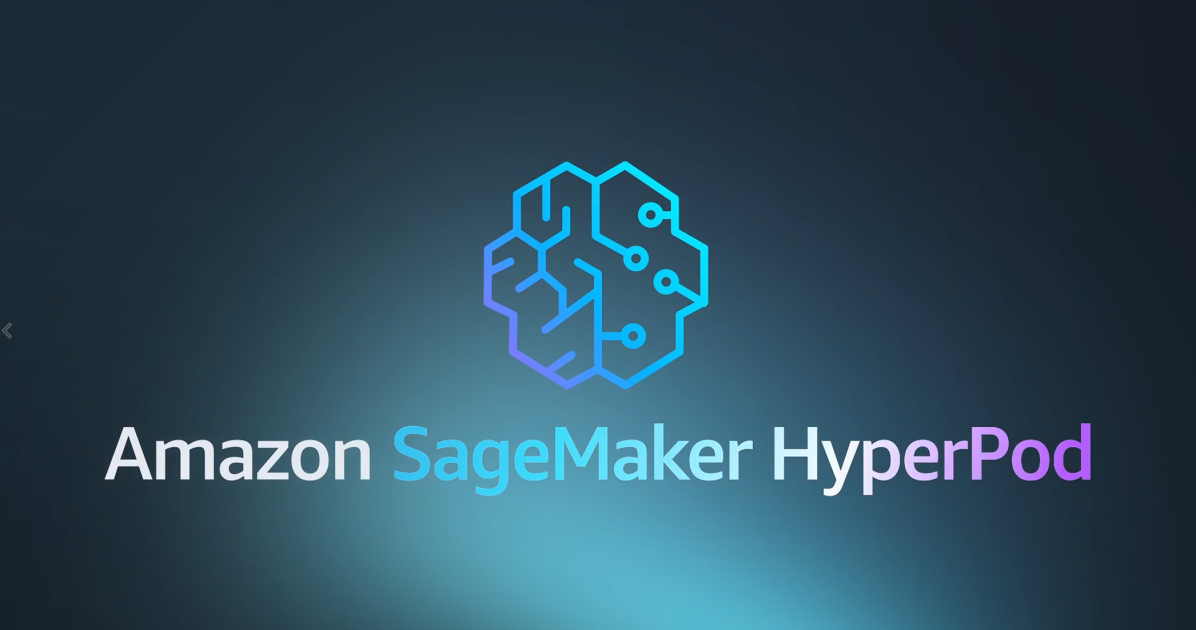
The only guide you need to stop your VMs from silently draining your wallet.
Running your infrastructure on Google Cloud Platform (GCP) gives you flexibility, scale, and powerful tools. But if not managed carefully, Compute Engine (GCE) can also become one of your biggest cost centers. In this guide, we walk through proven cost optimization strategies for Compute Engine — starting from foundational decisions and progressing to more strategic approaches. These techniques are explained in simple terms, with detailed real-world examples tailored to different business scales.
1. Choose the Right Machine Type for Your Workload
The Challenge: Many users choose general-purpose VMs by default, such as n1-standard or e2-medium, without checking whether those machine types are actually the best fit for the workload.
Optimization Strategies:
- Use cost-effective VM families: For most basic tasks like web apps or dev environments, E2 VMs are significantly cheaper than N1s. For containerized workloads or batch processing, T2A (Arm-based) VMs offer excellent performance at a lower cost.
- Define custom machine types: If your workload needs an unusual ratio of CPU to memory — say, 1 vCPU and 6 GB RAM — you can define that explicitly. This avoids paying for unnecessary resources.
- Consider Arm-based machines: If your applications support it, the Tau T2A series provides considerable savings, particularly for scale-out workloads such as APIs or background tasks.
Example: A startup initially used n1-standard-2 (2 vCPU, 7.5 GB RAM) for backend APIs, costing around $50/month per instance. By switching to e2-custom-1–6144 (1 vCPU, 6 GB RAM), they cut that cost in half with no performance impact.
2. Optimize Network Egress and Storage
The Challenge: Many organizations optimize compute resources but ignore the cost of data transfer and storage configurations.
Optimization Strategies:
- Co-locate resources such as Compute Engine and Cloud Storage or Cloud SQL in the same region to reduce network egress charges.
- Use Standard Persistent Disks unless high-speed access is essential. SSDs are significantly more expensive.
- Clean up unused disks, old snapshots, and unattached persistent storage to avoid surprise costs.
3. Utilize Spot (Preemptible) VMs for Temporary Workloads
The Challenge: Some workloads don’t require constant availability, but companies still run them on full-priced instances.
Optimization Strategies:
- Use Spot VMs, which are short-lived instances offered at a steep discount — up to 91% off — but they can be stopped by Google at any time.
- Perfect for CI/CD pipelines, data processing, rendering, or other fault-tolerant and stateless workloads.
- Combine with instance groups to automatically restart workloads on interruption.
4. Automate Scheduling for Non-Critical VMs
The Challenge: Test and development environments often run 24/7, even when no one is using them outside of business hours.
Optimization Strategies:
- Use Cloud Scheduler and Cloud Functions to stop and start instances based on a schedule.
- Alternatively, use open-source or marketplace tools for easier setup.
- Best applied to staging, dev/test environments, or demo systems.
5. Use Right-Sizing Recommendations
The Challenge: Resources are often over-provisioned during initial deployment and forgotten later.
Optimization Strategies:
- Use GCP’s built-in Recommender service to analyze your VM usage.
- Identify underutilized virtual machines and receive recommendations for downsizing or converting to custom types.
- Recommender also detects idle disks and unused snapshots.
6. Take Advantage of Sustained Use Discounts (SUDs)
The Challenge: Some users run virtual machines continuously but miss out on the automatic discounts that GCP provides.
Optimization Strategies:
- GCP applies automatic discounts if a VM runs more than 25% of the month.
- No prior commitments are required — these are applied retroactively.
- Ideal for users who can’t commit to CUDs but still have steady VM usage.
7. Leverage Committed Use Discounts (CUDs)
The Challenge: Running virtual machines 24/7 without any form of commitment leads to high on-demand billing.
Optimization Strategies:
- Commit to a fixed amount of compute resources (vCPU and RAM) for one or three years in exchange for significant discounts.
- Discounts can go up to 70% for 3-year commitments.
- These are ideal for stable, long-running workloads such as internal applications or always-on services.
Whether you’re running a small startup, a mid-sized SaaS platform, or a complex enterprise environment, there are concrete actions you can take today to rein in your costs. Start by understanding your workloads and apply the right mix of machine types, discounts, automation, and cleanup.
Source Credit: https://medium.com/google-cloud/gcp-cost-optimization-mastering-compute-engine-savings-285468a04811?source=rss—-e52cf94d98af—4



